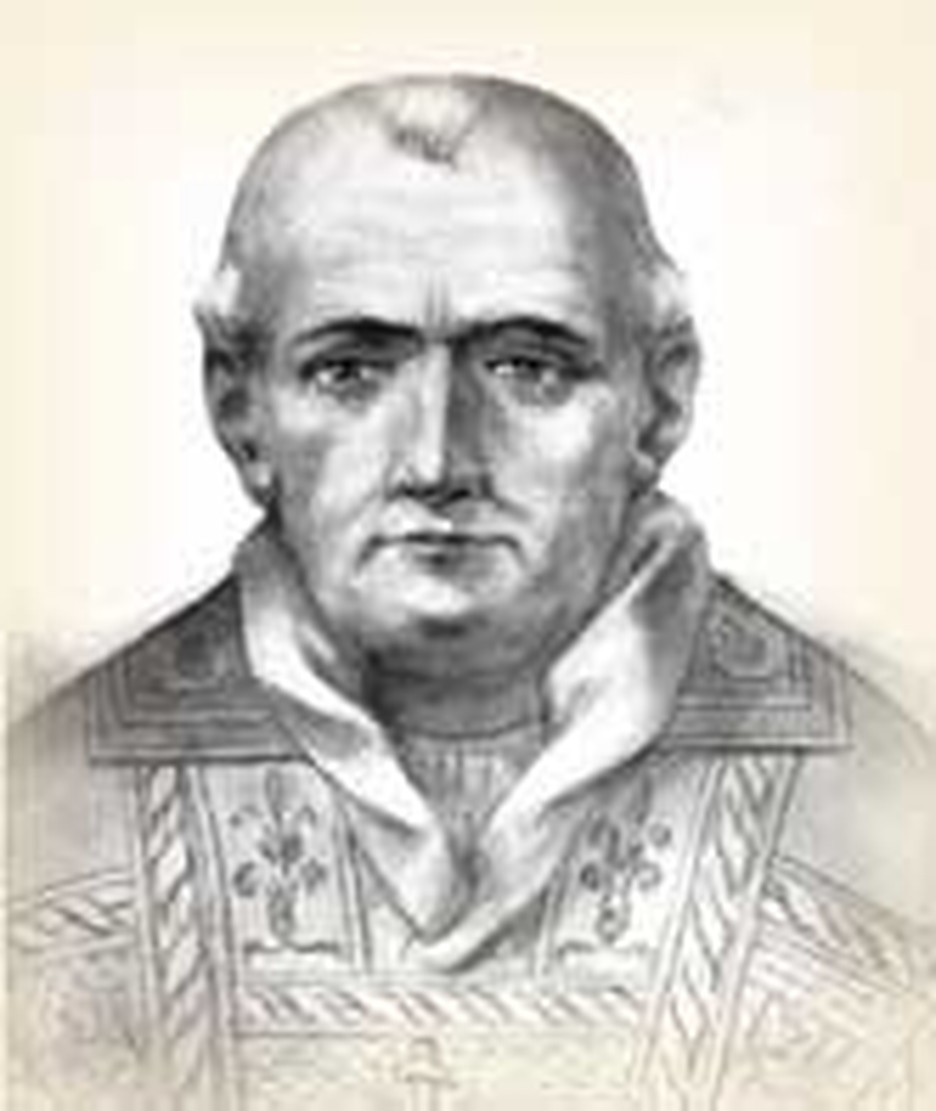
Peaceful, timid Pope Clement V could not endure turbulent Rome and wandered through Italy and France until 1309. In that year he bought the small town of Avignon in the papal territory of Venaissin. He established papal court there and surrounded himself with Frenchmen. So commenced the Avignon exile, the "Babylonian captivity" of the papacy.
His successors, John XXII, Benedict XII, Clement VI, and Innocent VI, (Frenchmen all), toyed with the idea of returning to Rome. Innocent VI, by employing the Spanish Cardinal Gil Albornoz as his agent in Italy, secured the necessary conditions. Albornoz was a capable general who brought the Italian barons to heel. Innocent VI was too old to capitalize on this gain, but his successor was not.
Urban V was a Benedictine, personally decent but seemingly more in love with learning than with Christ. English armies were pressuring Southern France. This may have motivated his return to Rome. Furthermore, bandits had extorted large sums from him and the furies of Rome could not seem more inconvenient than the realities at Avignon. His French cardinals protested any dislocation and threatened to abandon him. Urban overrode their objections and sailed from Marseille on April 30, 1367, surrounded by a fleet of joyous Italian galleys.
He did not immediately report to Rome, but summered in Viterbo. While he was there, Cardinal Albornoz died. When Urban did reenter the eternal city, his heart must have sunk. None of its former pomp remained. The buildings were in ruin. The Lateran palace had been burned. Swamps repossessed acres which once boasted dwellings. Rubble and trash congested the streets. St. Peter's appeared likely to collapse.
The pope was greeted warmly. The Italians seemed genuinely pleased to have the papacy back home. Urban found rooms nearby while restoration proceeded. But although he hankered for Avignon, his days in Italy were not without their rewards. Emperor Charles IV called and dignified him by leading him on his horse to mass. Byzantine emperor Michael Palaeologus (John V) also came to him, renouncing the schism between the eastern and western churches and pleading for military aid against the Ottoman invaders. Urban could not help him. He surrounded himself with humanists and the morals of his court declined. He hadn't the fire of holiness to remedy this.
More and more he cast longing eyes to the North. St. Bridgett prophecied his speedy death if he returned to Avignon. Ignoring her, he left in September. By December he was dead. He had remained in Italy only three years.
Thus the first attempt to end the Avignon exile ended in failure. Restoration of the papal home was important, because nations at enmity with France found it hard to swallow the rulings of popes perceived to be under French influence. The results of the Avignon exile were not easily erased either. Although Gregory XI was more successful in restoring the papacy to Rome, schism soon followed, with half of the European nations favoring the Roman pope and half a rival in Avignon.
Resources:
- Brusher, J. Popes Through the Ages. Princeton, New Jersey: Van Nostrand, 1964.
- Curtis, A. Kenneth, J. Stephen Lang, and Randy Petersen. Dates with Destiny; the 100 most important dates in Church History. Tarrytown, New York: Fleming H. Revell, 1984.
- Montor, Chevalier Artaud de. Lives and Times of the Popes. New York: Catholic Publication Society of America, 1911.
- Raymund, Webster. "Pope Bl. Urban V." The Catholic Encyclopedia. New York: Robert Appleton, 1914.







